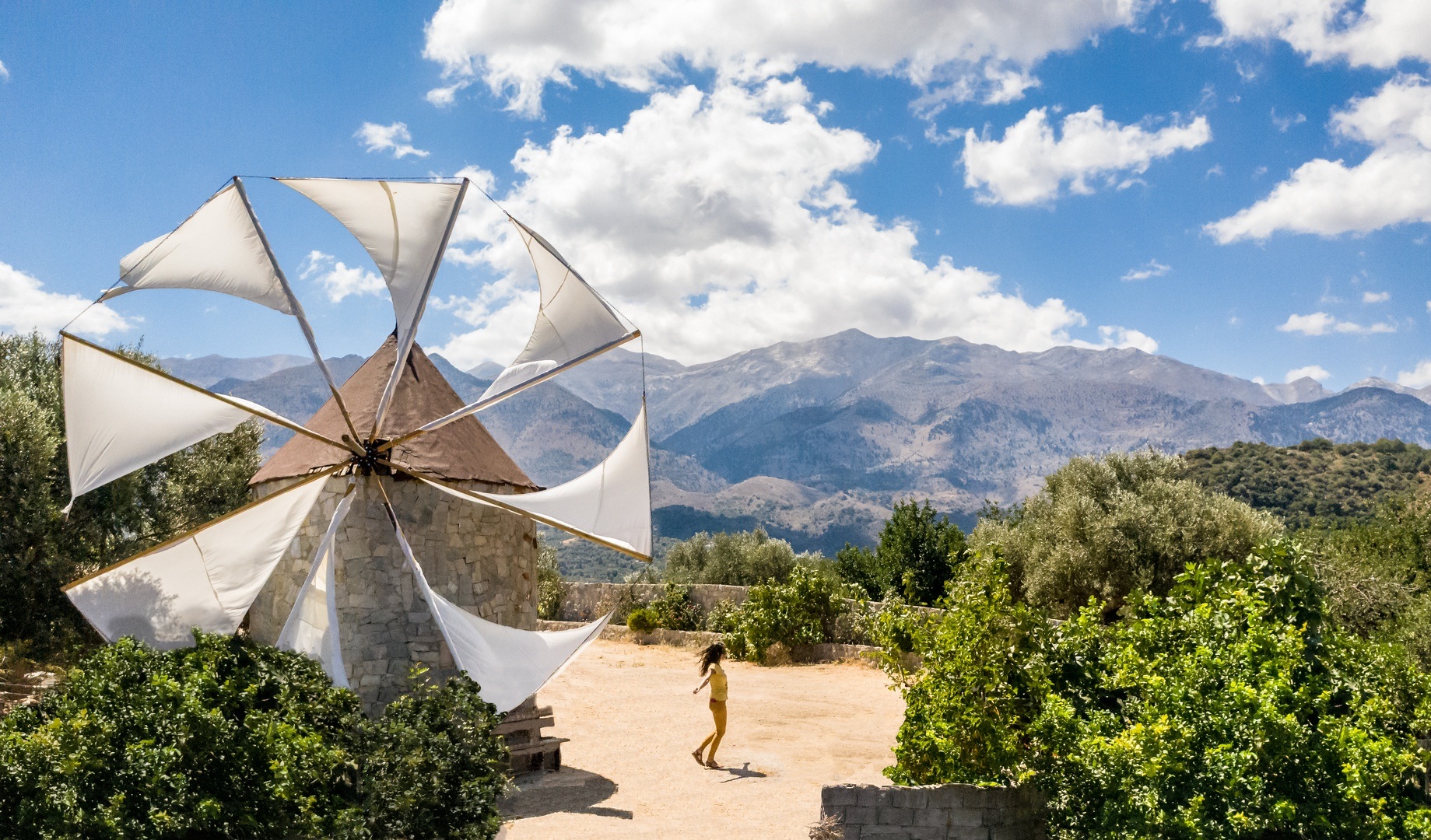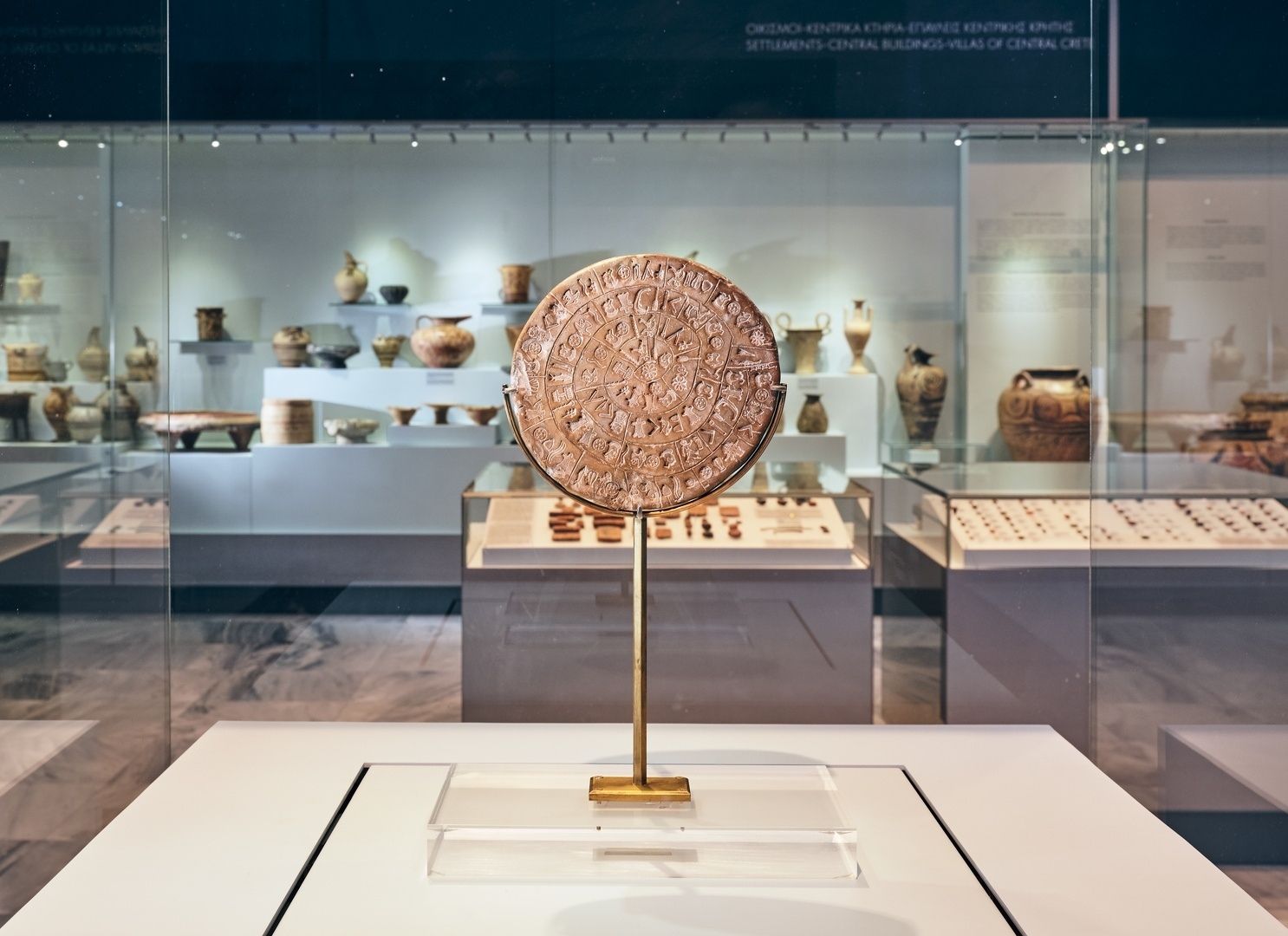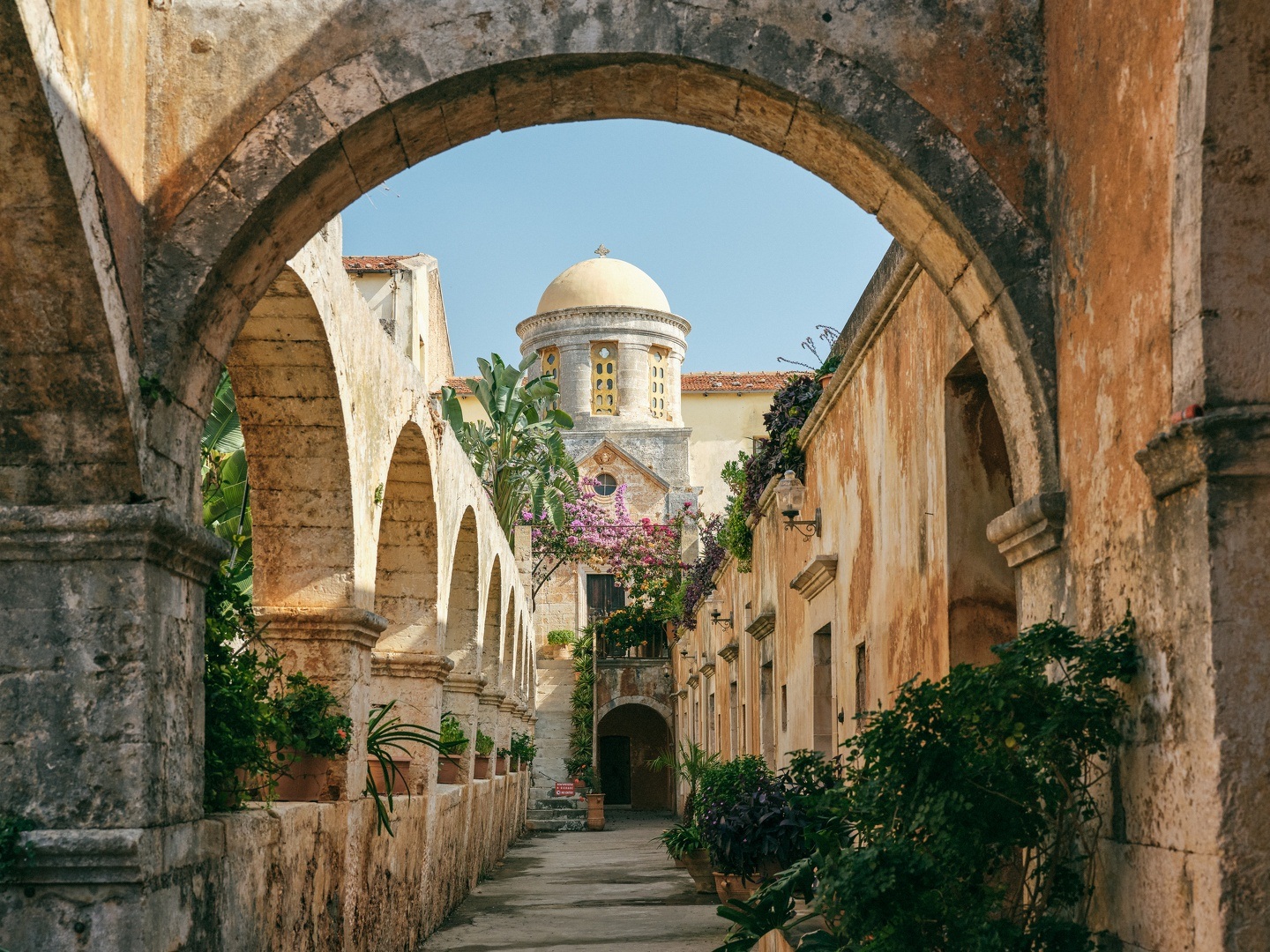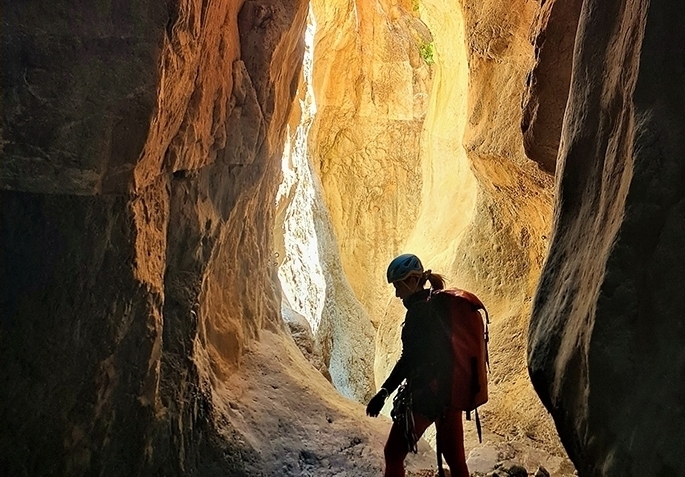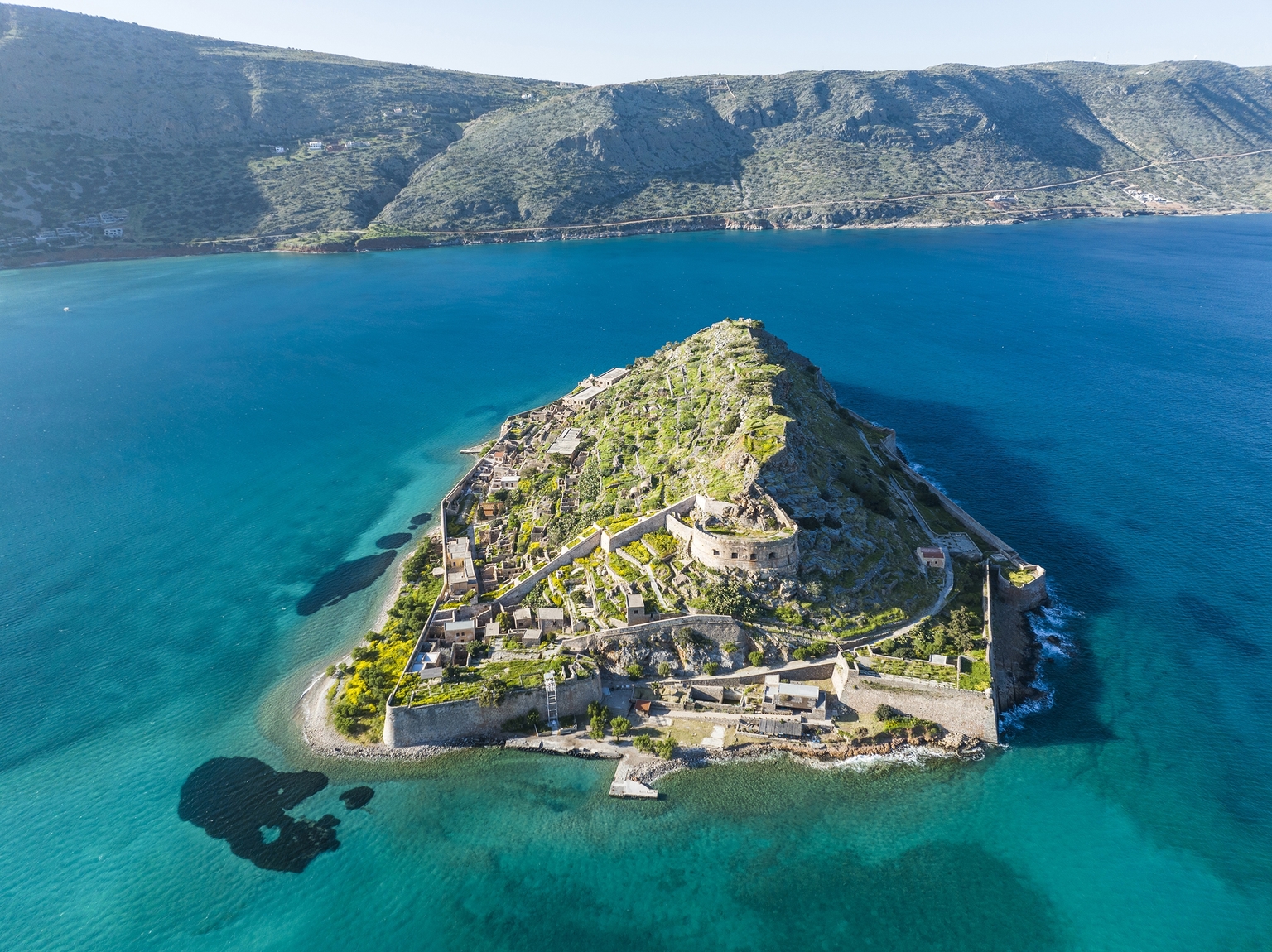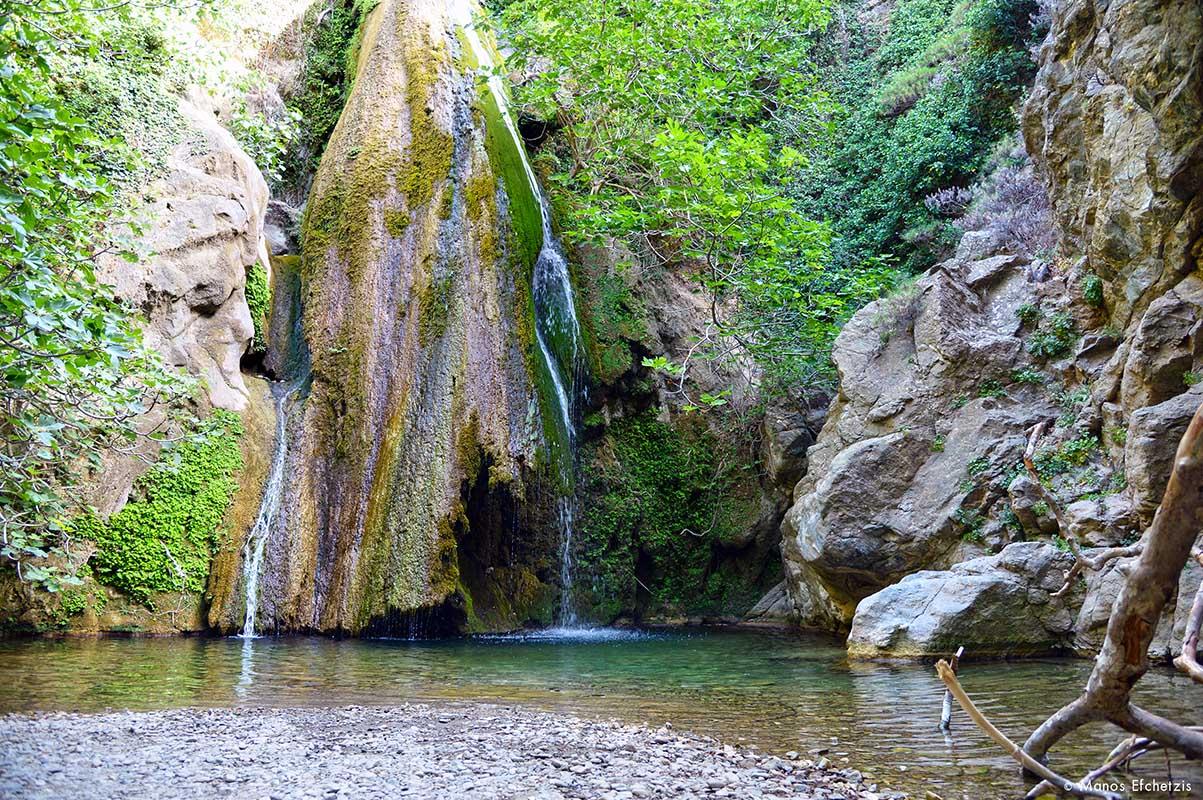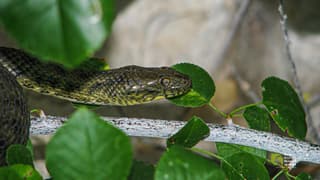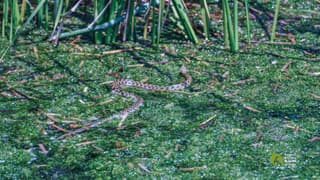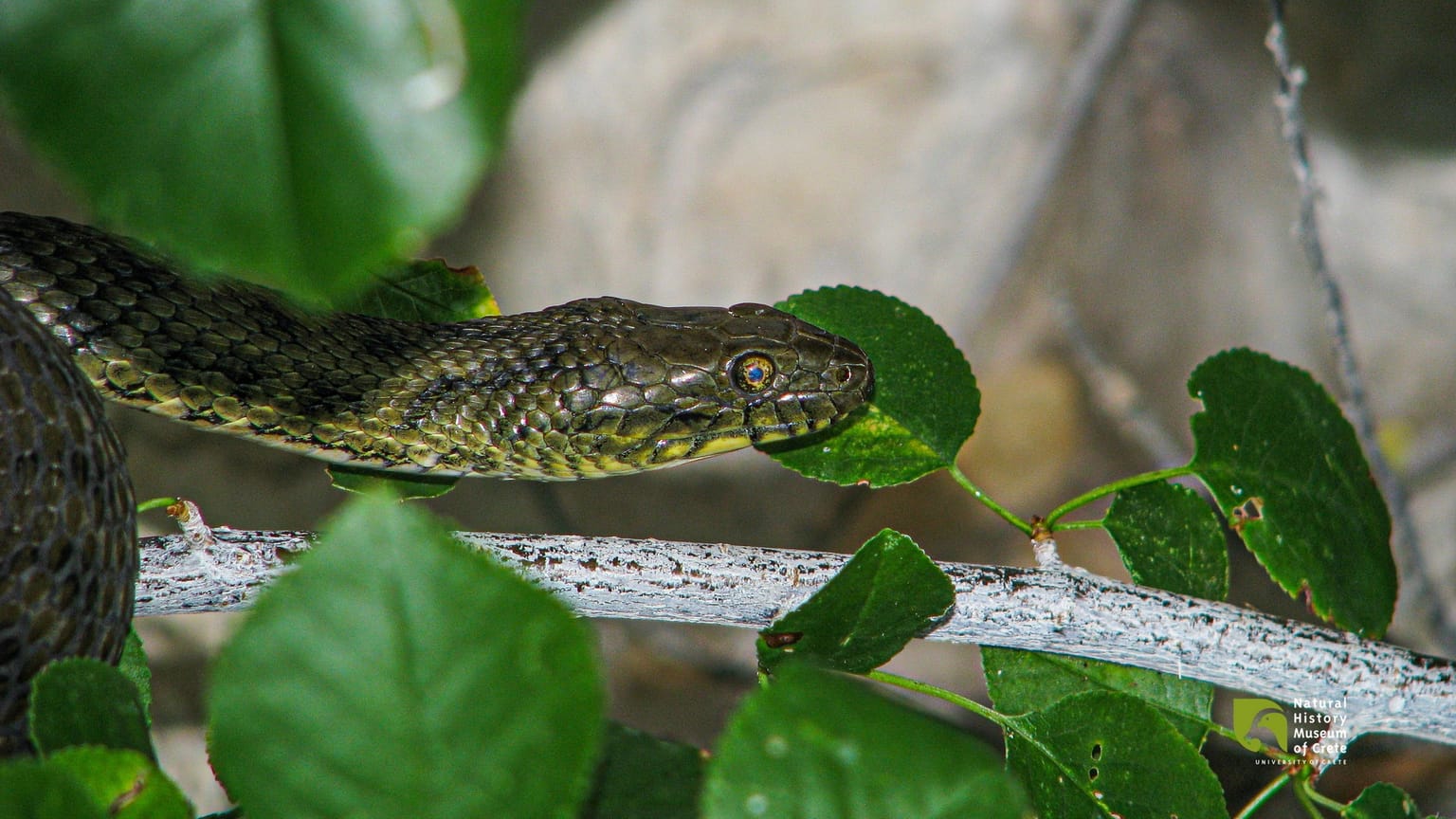
A fascinating behaviour exhibited by the Water Snake (Natrix tesselata) is its ability to feign death when in danger. In certain instances, it may go to the extent of drawing blood from its mouth as part of this defensive strategy.
This is a medium-sized snake, with males reaching lengths up to 90 centimetres, while the largest females can grow up to 120 centimetres. It features a slender, elongated head with nostrils and eyes positioned relatively high, facilitating easier breathing and vision in water. The snake exhibits a diverse colouring palette in shades of grey and green, adorned with regularly arranged black spots along its back.
The species holds a favourable conservation status.
Information: http://herpatlas.gr/wp-content/uploads/2021/02/Atlas_Amphibians_and_Reptiles_of_Greece.pdf
Text editing: DiscoverCrete Editorial Team
Photo 1: GeorgiakakisP / Natural History Museum of Crete – University of Crete
Photo 2: Dretakis,M. / Natural History Museum of Crete – University of Crete
The fauna of Crete
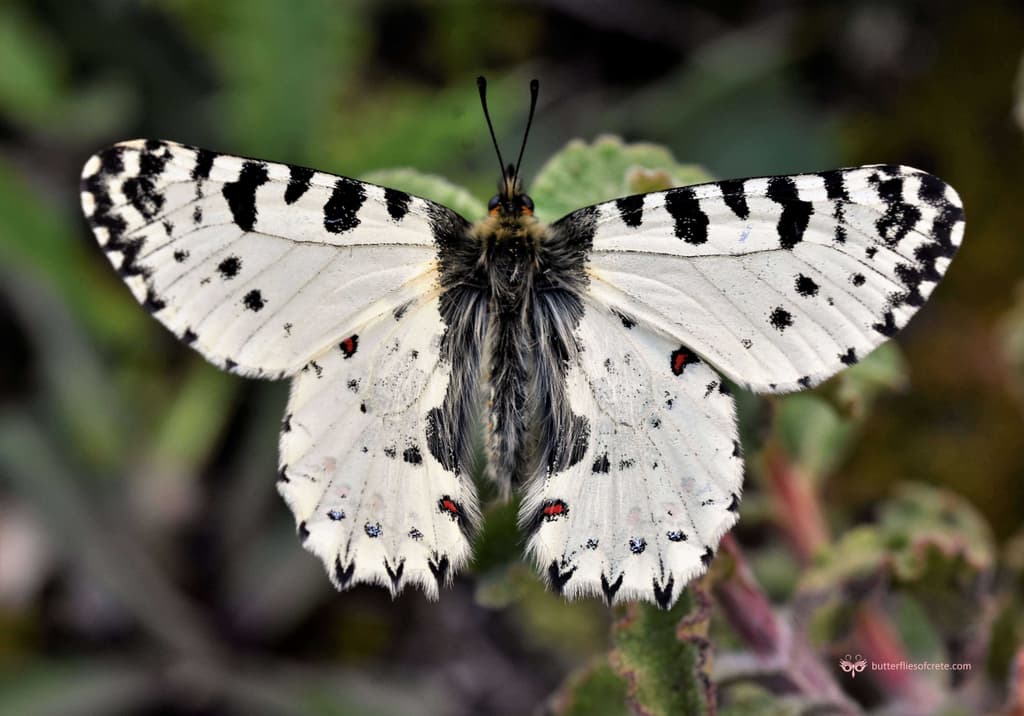
The Cretan endemic butterfly Zerynthia cretica
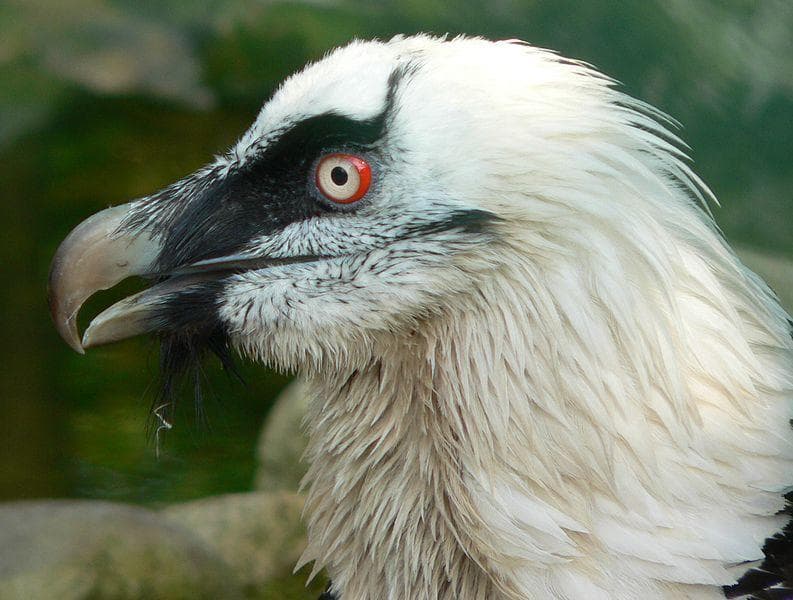
Bearded Vulture (Gypaetus Barbatus)
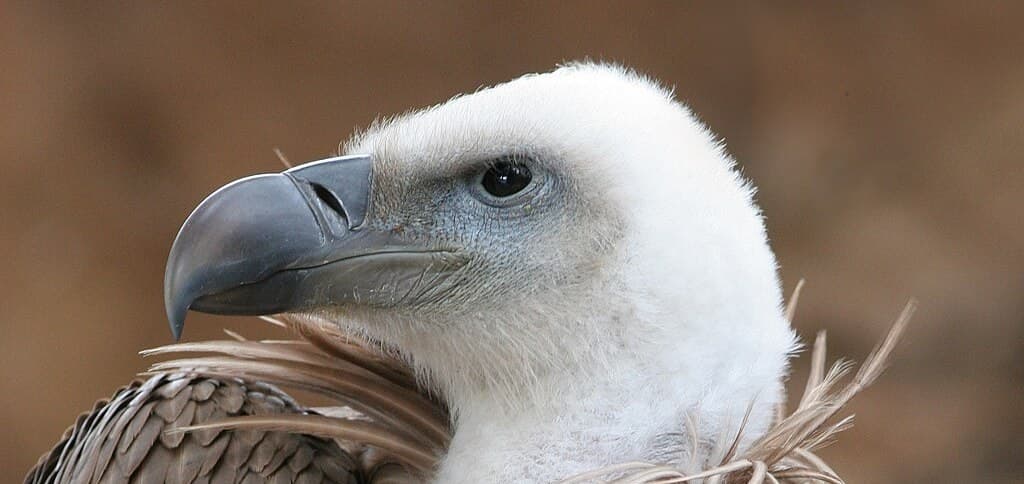
Griffon Vulture (Gyps Fulvus)
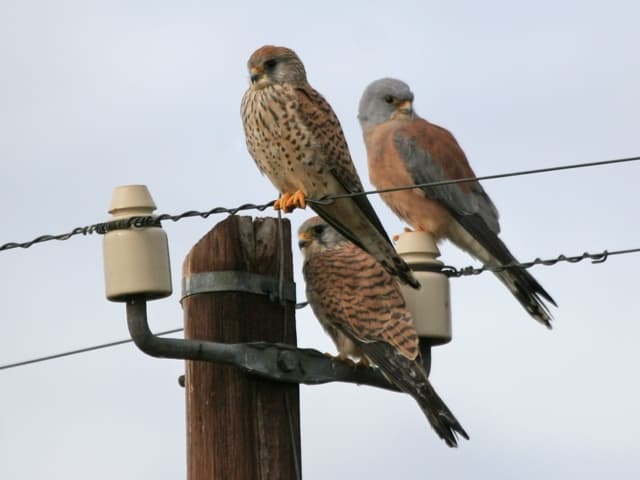
Lesser Kestrel (Falco naumanni)
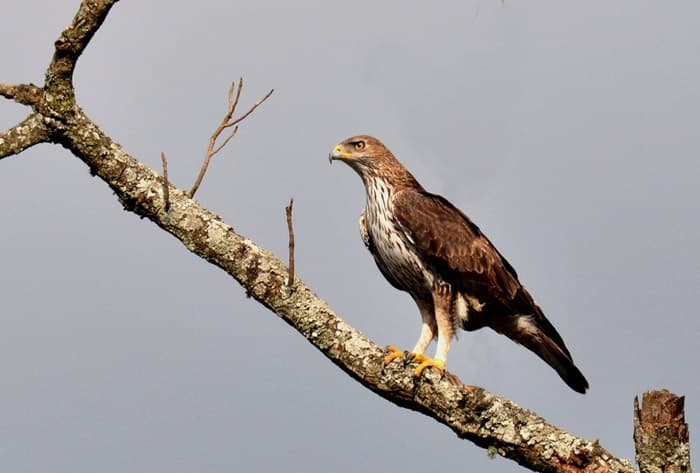
Bonelli's eagle (Aquila fasciata) (Hieraaetus fasciatus)
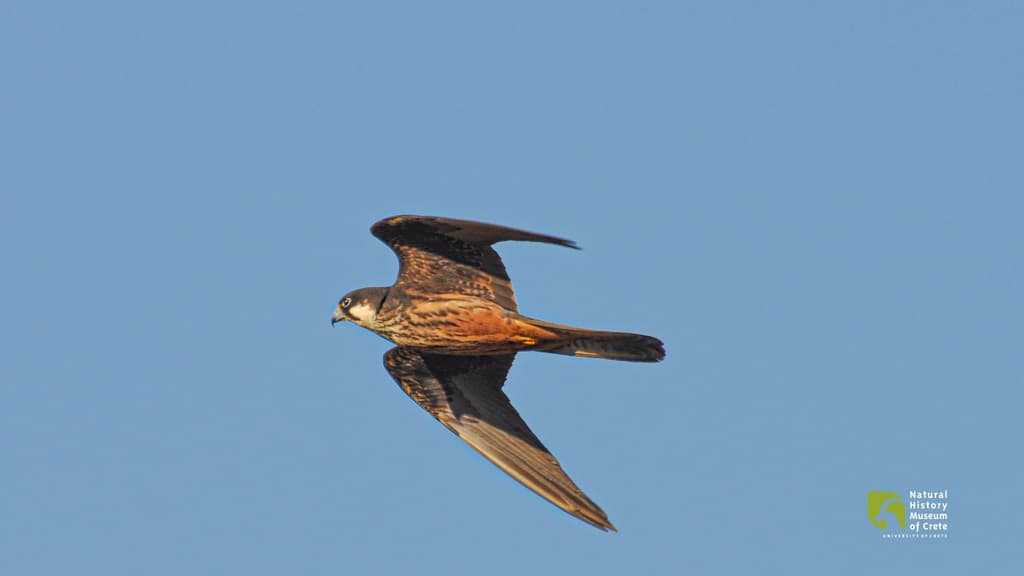
Eleonora's Falcon
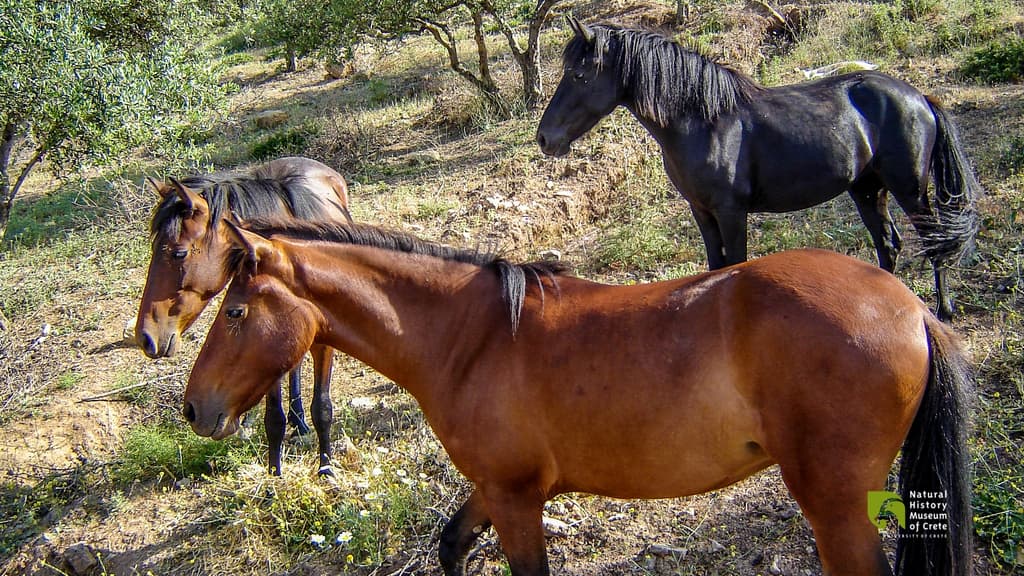
Giorgalidiko: Domestic Horse, North-western European Horse
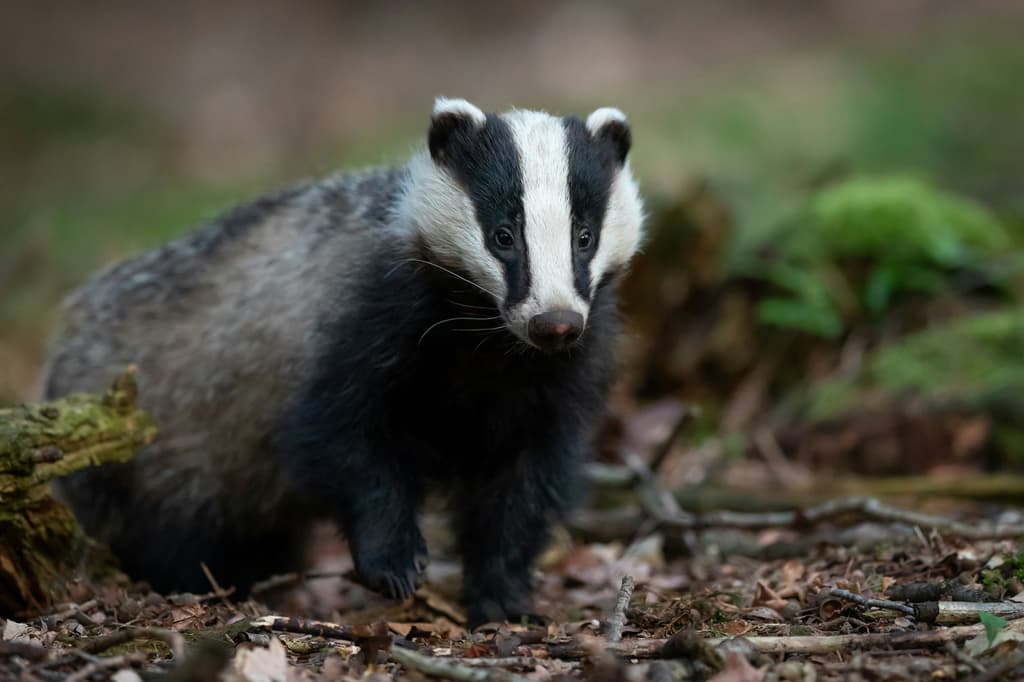
The Cretan Badger
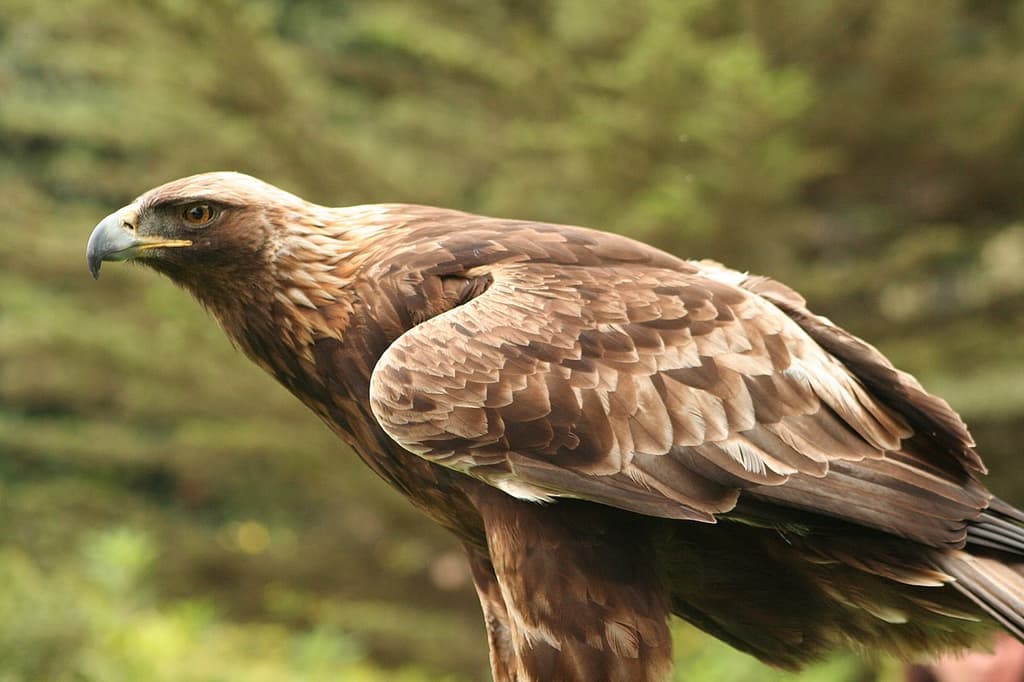
Golden Eagle (Aquila Chrysaetos)
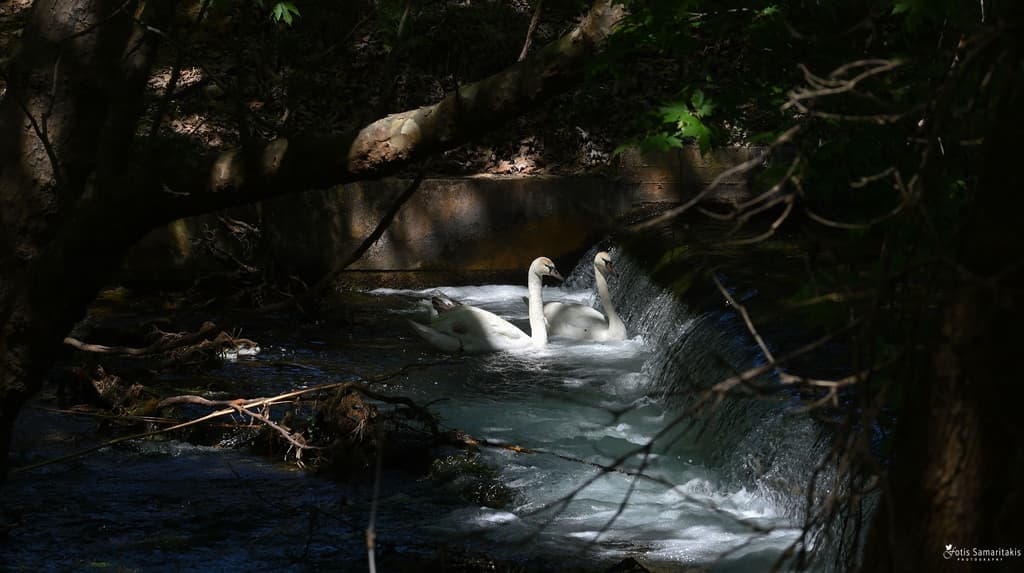
Mute Swan
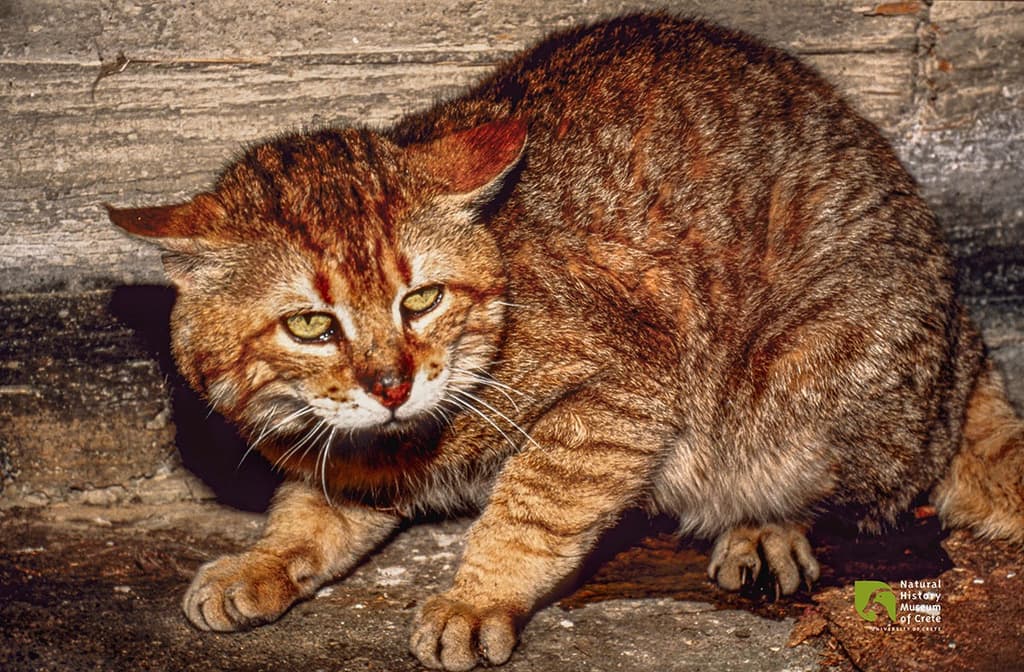
Cretan wildcat
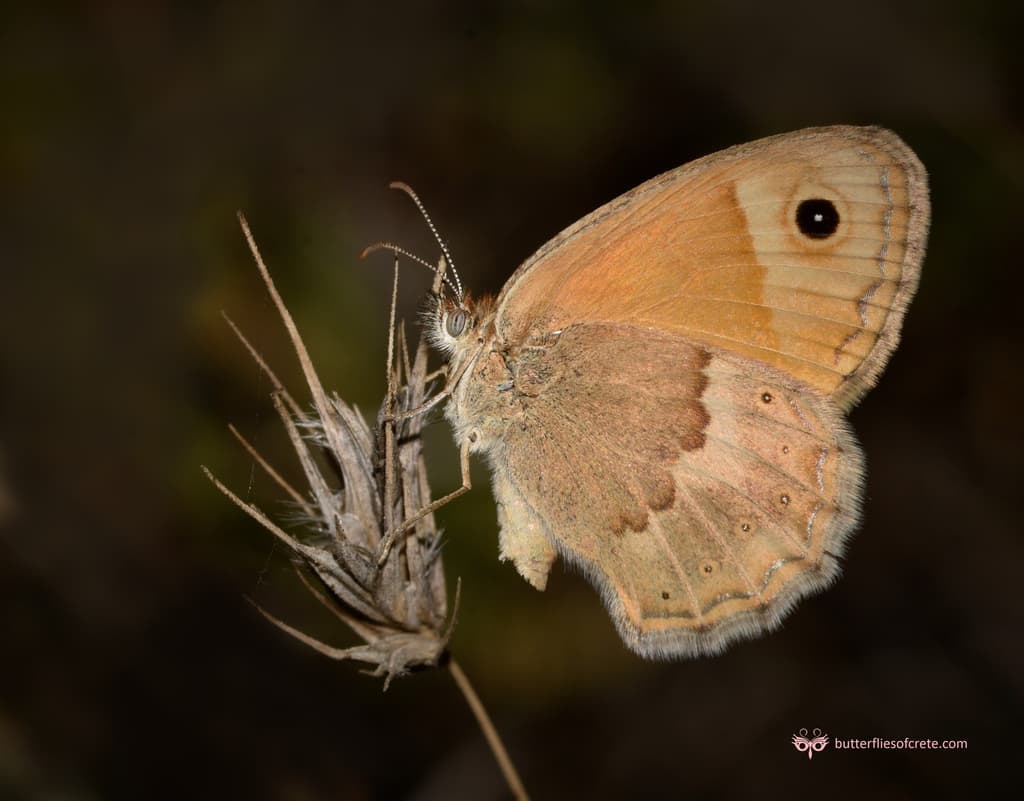
Butterflies and Moths of the island
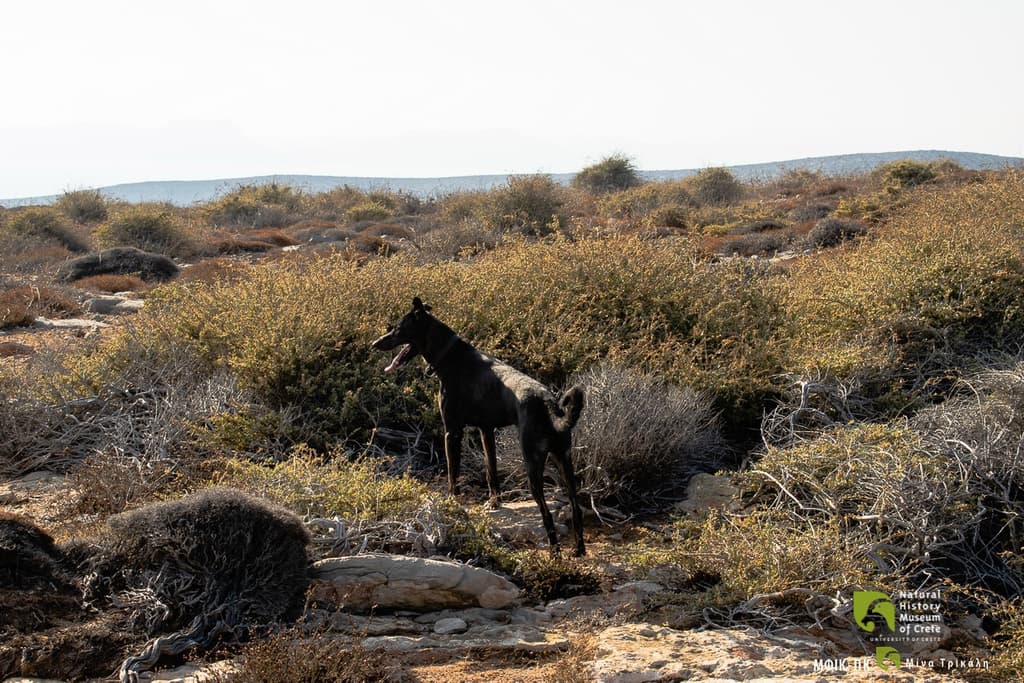
Cretan Tracker: Europe's Oldest Hound, a Gift from Zeus
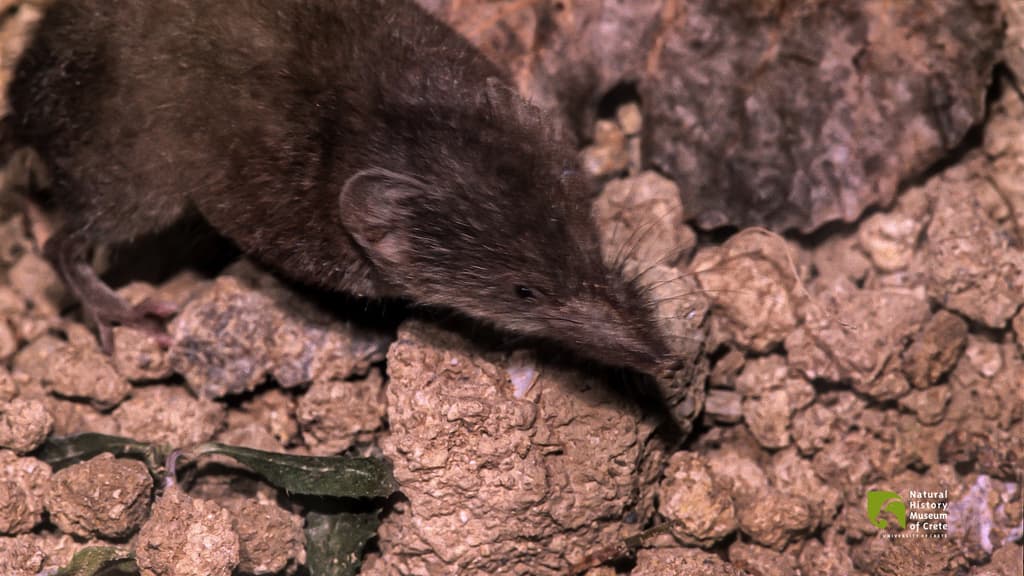
Cretan shrew
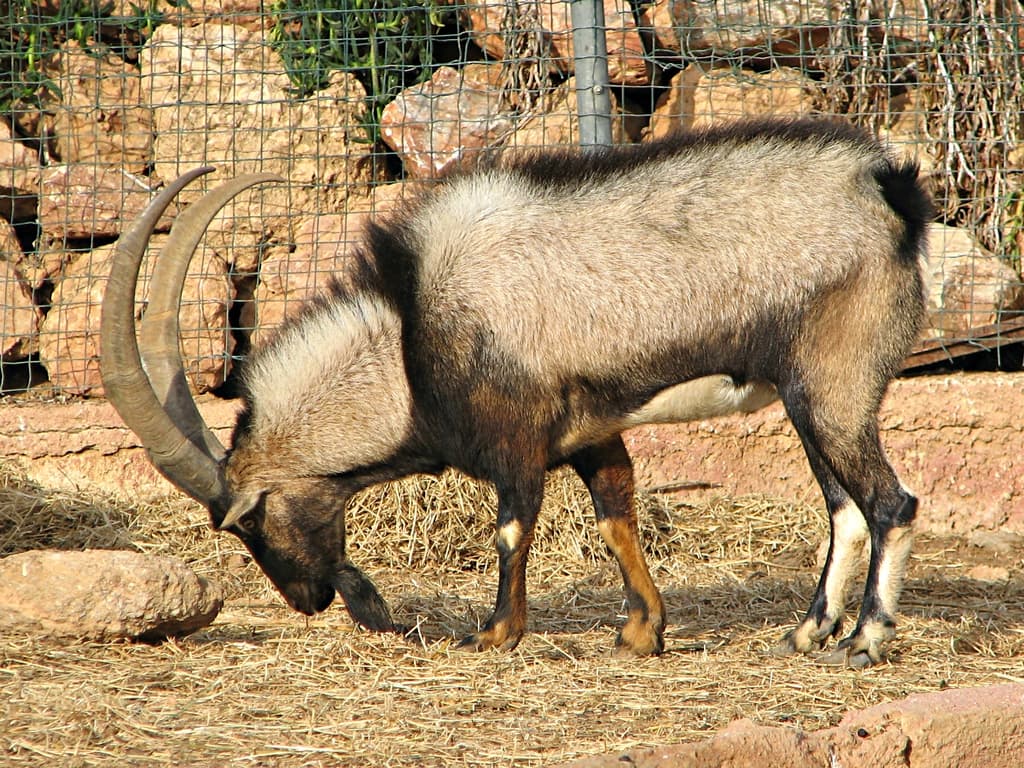
Kri-kri, the Cretan Wild Goat (Capra aegagrus cretica)
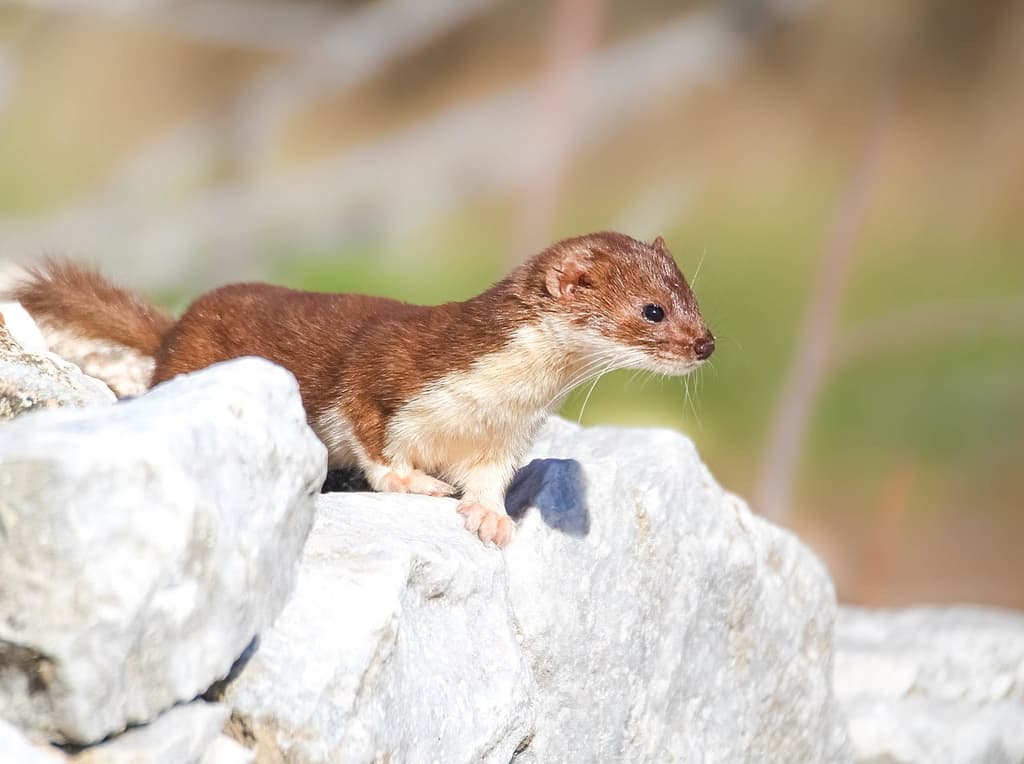
Least Weasel
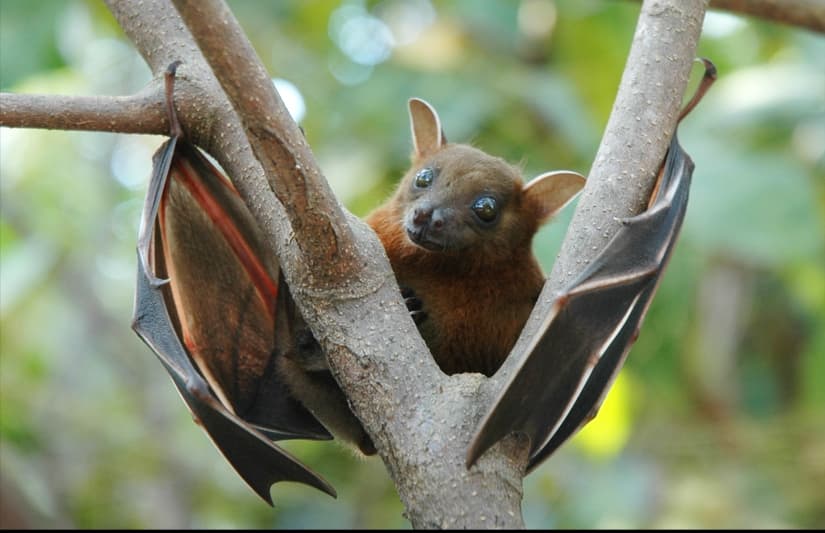
Bats
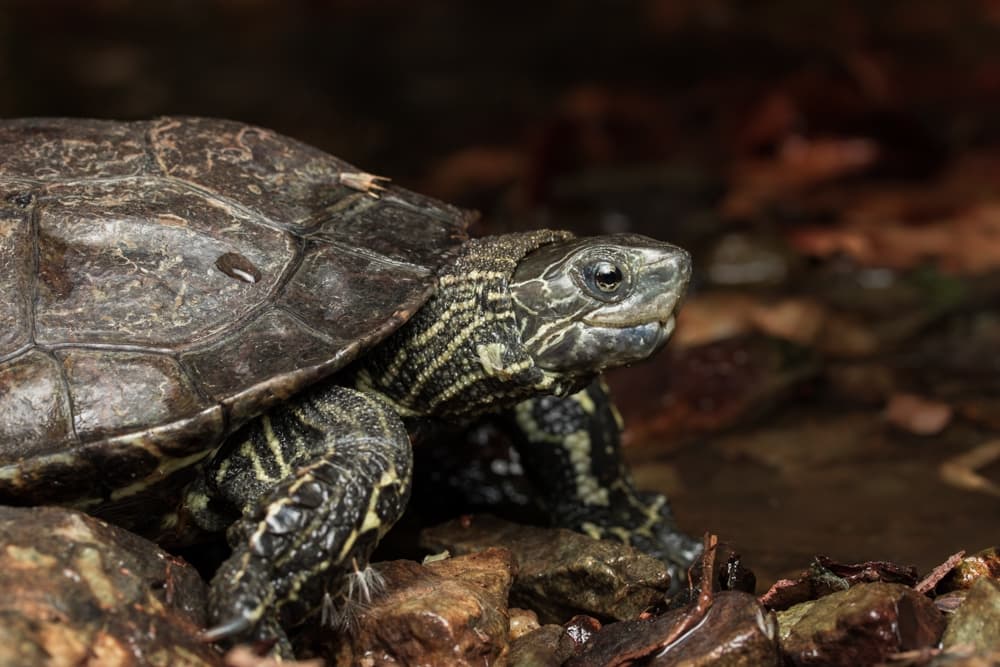
The Balkan Terrapin or Western Caspian Terrapin (Mauremys Rivulata)
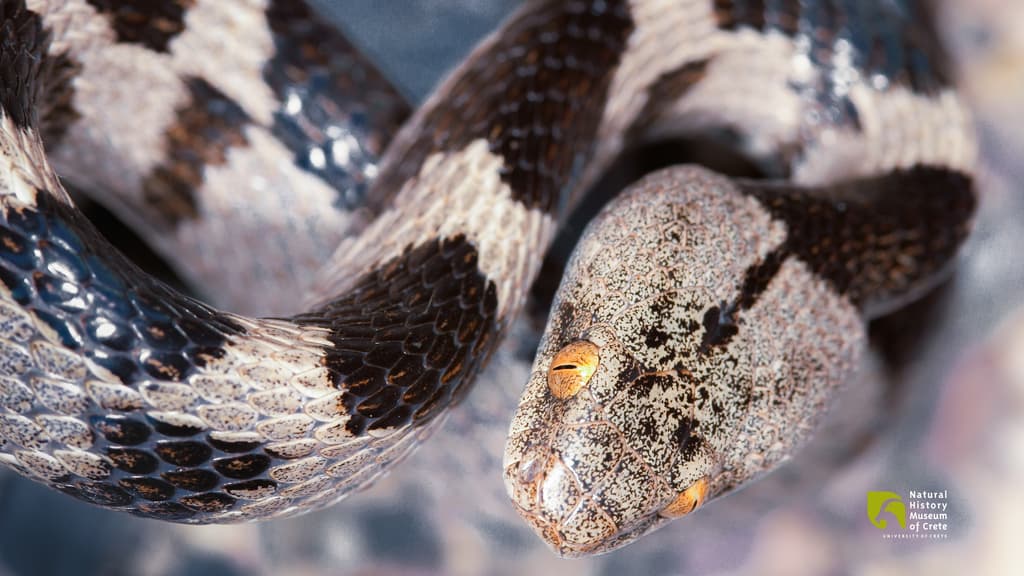
Cat Snake
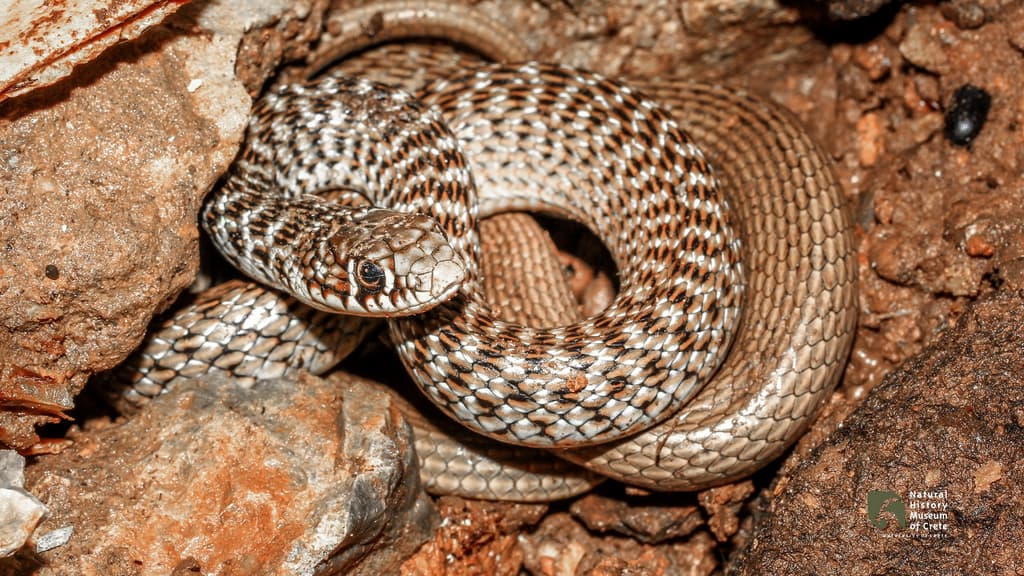
Balkan Whip Snake
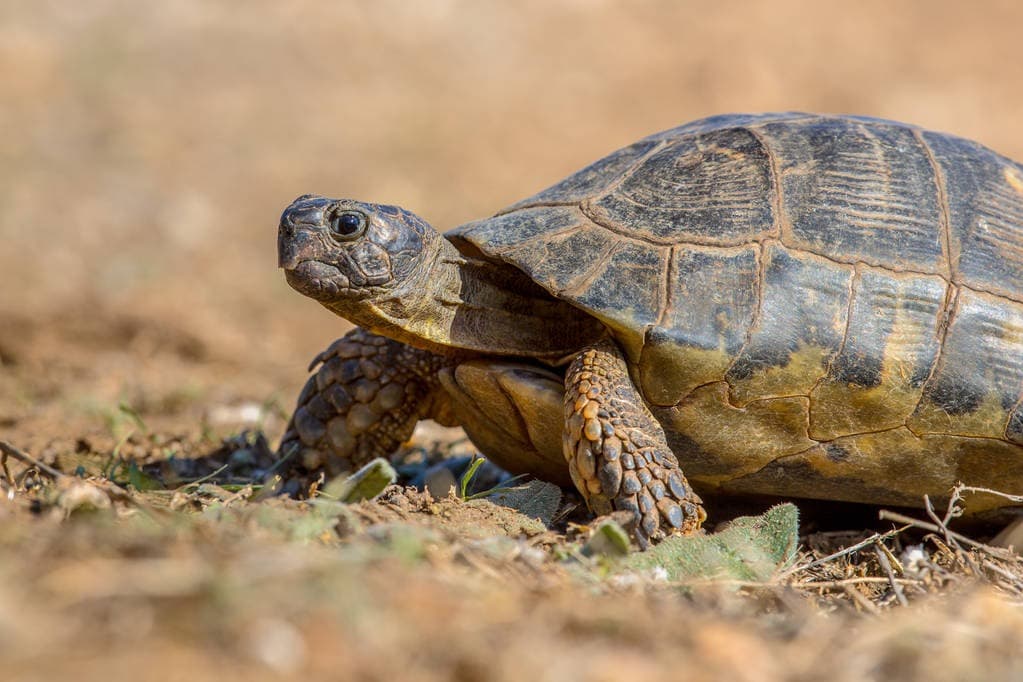
Marginated Tortoise (Testudo marginata)
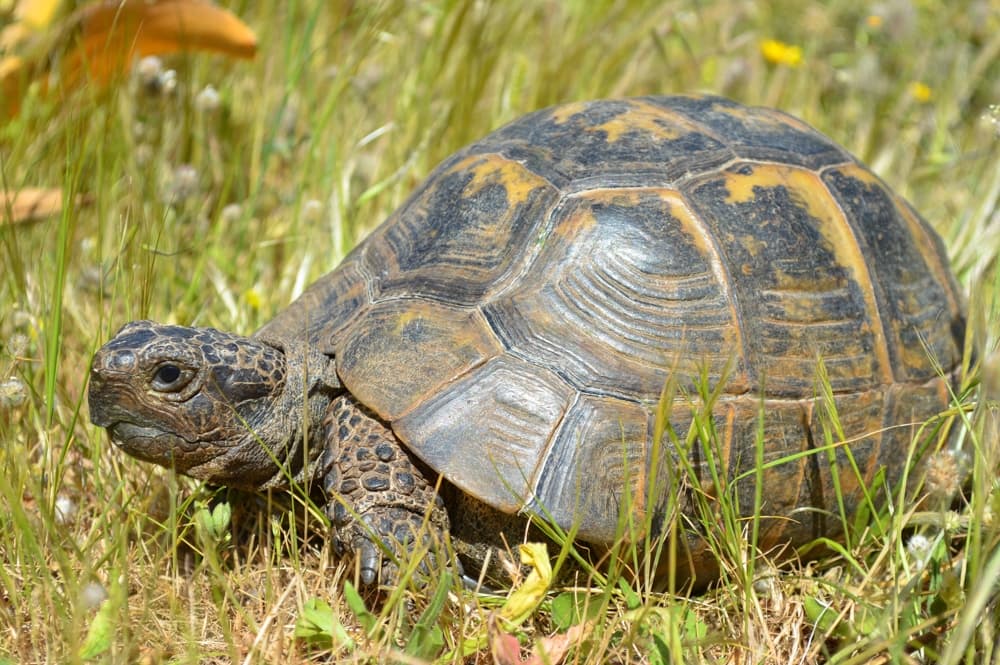
Greek turtle
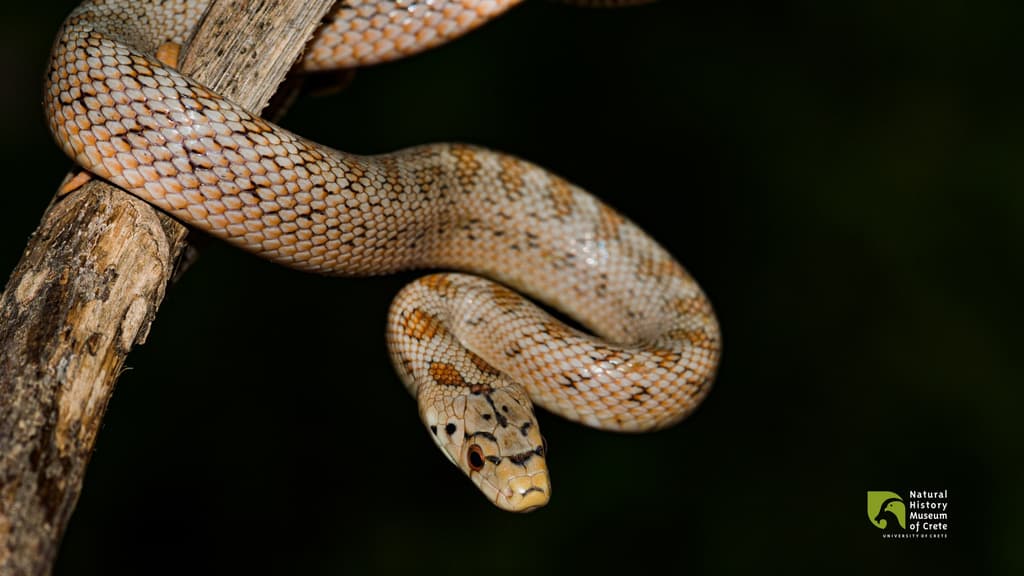
European Ratsnake or Leopard Snake
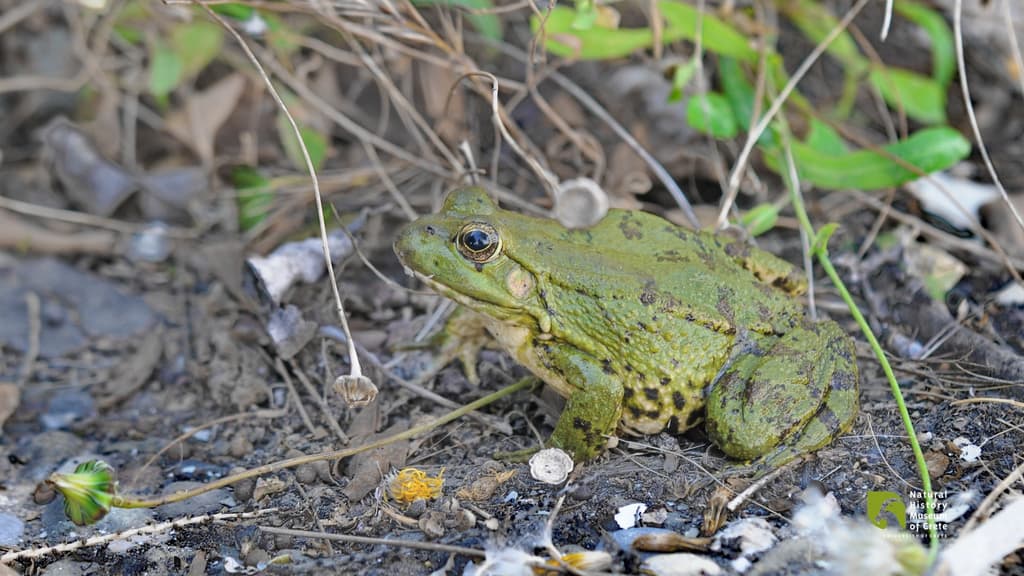
The Bullfrog
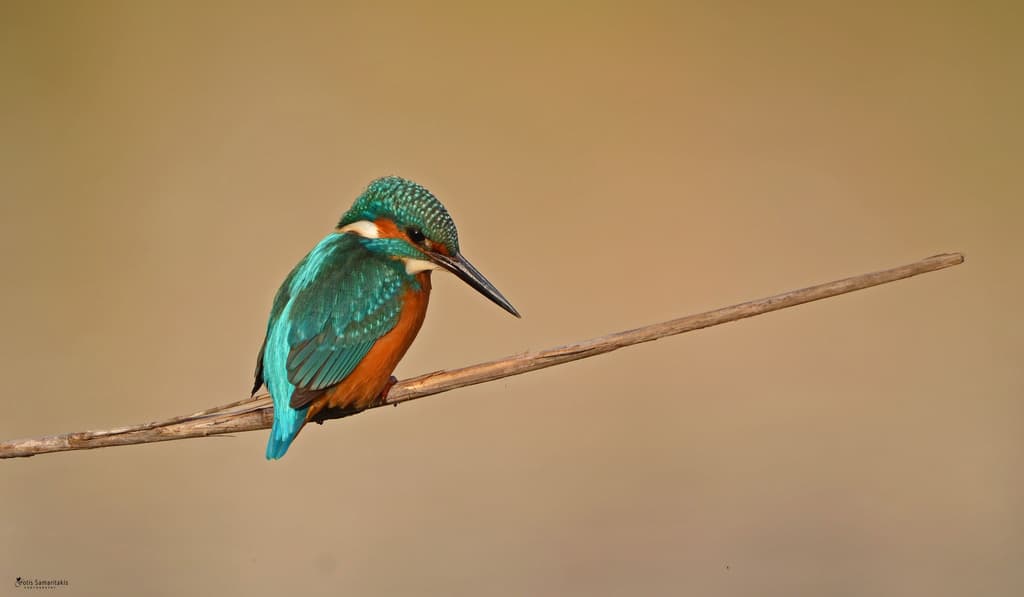
Common Kingfisher
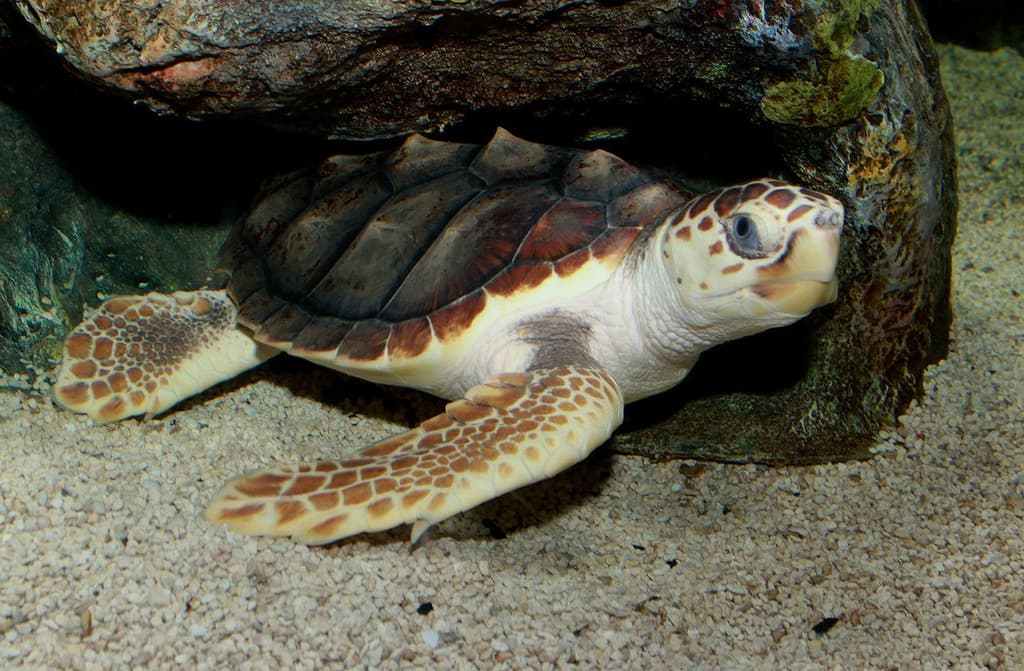
Caretta Caretta (Loggerhead Sea Turtle)
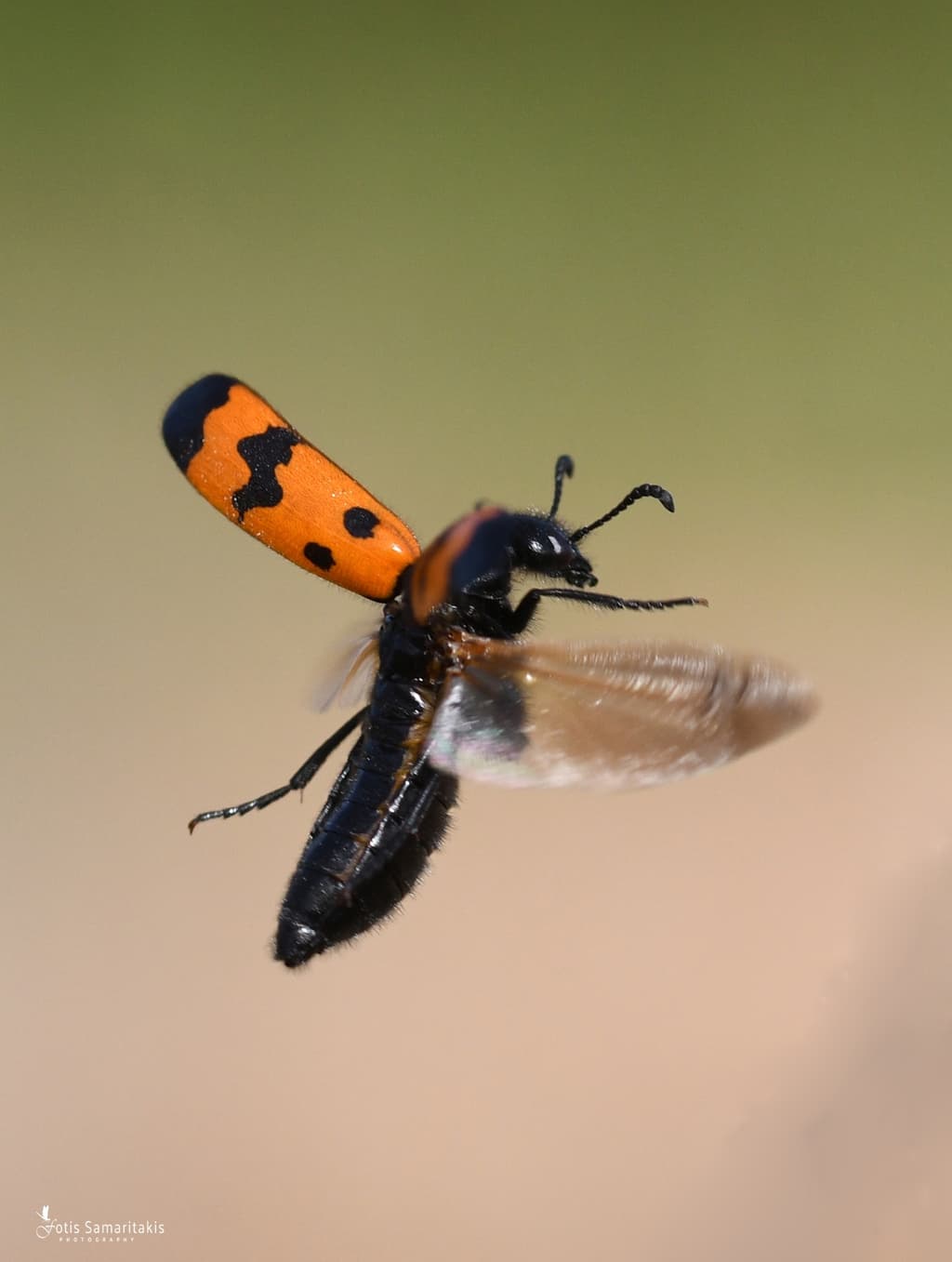
Coleoptera

